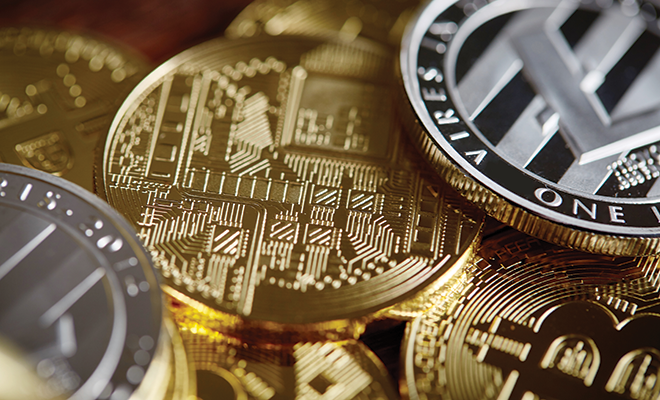
Cryptocurrencies: The Current and Future Landscape
If you’re interested in the intersection of finance and technology, you may have already dabbled in the cryptocurrency market. If you don’t know what it is, you are not alone. It’s one of the hardest technological money systems to understand.
Traditional banking and economic systems such as the Federal Reserve has corporate boards or governments that control the supply of currency. But cryptocurrency is a digital asset designed to work as a medium of exchange that uses strong cryptography to secure financial transactions. It also controls the creation of additional monetary units and verifies the transfer of these assets.
The crypto market is based on decentralized control as opposed to the traditional central banking systems. Crypto works through a distributed ledger technology called blockchain, which serves as a public financial transaction database.
You could call it virtual money.
Confused yet? Don’t worry. Most people don’t truly understand this blockchain technology, but many have invested substantial sums of traditional money by purchasing this newest form of money. They do it by buying units of cryptocurrency.
The first blockchain-based cryptocurrency was Bitcoin, introduced in 2009. It is still the most popular and valuable. As of February 2019, there were more than 17.53 million Bitcoins in circulation with a total market value of about $63 billion.
The success of Bitcoin resulted in competition, of course, and there are thousands of “altcoins” such as Ethereum, EOS, Namecoin and Litecoin. Altogether, the cryptocurrency market has a value of over $120 billion. It sounds high, but the market values shift day to day.
In the beginning of this craze, investors snapped up Bitcoin, either in whole units or fractions of a unit, hoping to be able to transfer funds directly between two parties without using a credit card company or a bank, which would avoid those pesky fees. In addition, its allure as an anonymous monetary transaction drew even more to the market, individuals such as money launderers and tax evaders.
Since this monetary market is based on supply and demand, the value of crypto can vary widely. For example, if you had bought Bitcoin when it was just pennies, you would have seen it go as high as $19,000 per Bitcoin; in 2017, that might have meant instant millionaire status. But it went down to $7,000 per unit a few months later. And now, it’s hovering around $4,000 per Bitcoin.
In the beginning of this surge, experts warned that cryptocurrencies were just a speculative bubble waiting to be burst, especially because the value isn’t rooted in any material goods, such as gold bullion in the central bank that backs the dollar. Still others believe it is a secure online currency that is more transportable than gold bullion and is outside the purview of governments and bankers.
So what do you do with a Bitcoin, also known as your digital wallet? Some investors get caught up with amassing Bitcoins, thinking of it solely as an investment, but you can buy things too! You can buy gift cards online at notable retailers such as Best Buy, Target and Home Depot. Or you can shop and buy online from overstock.com, Microsoft Windows Store and Xbox Store, Expedia or Dish Network. Just look at Coinmap online to see which businesses accept Bitcoin near you.
Of course, due to the volatility of the cryptocurrency market, many companies are conducting test runs, so it’s a good idea to confirm those companies mentioned here before you get too excited to spend your new money. One example is KFC, Kentucky Fried Chicken. In January 2018, KFC Canada tested the waters to see what would happen with a limited time offer of The Bitcoin Bucket, a combo with chicken tenders and waffle fries. It cost $20 worth of Bitcoin. They had to take it off the market because it sold out so fast.
Wall Street has offerings of exchange-traded funds for crypto as well. Cryptocurrency holders all over the world can now trade with each other quicker than ever before. When someone in Australia wanted to exchange money with a friend in the United States before crypto came around, they had to send a wire transfer that would incur fees, or send a check that would take weeks to arrive. Now, with crypto coins, it’s an instantaneous, free and anonymous transaction.
The future of cryptocurrency largely depends on the public. As the public lost trust in the institutions it created, the cryptocurrency market filled the need for a decentralized monetary platform. Just like the internet, if it can grow in an open and collaborative way, it should continue to flourish. But as it continues in popularity, investors should still be aware of the volatility in value and that still, one day, it could come crashing down. ■
Sources: entrepreneur.com, economist.com and money.com.







